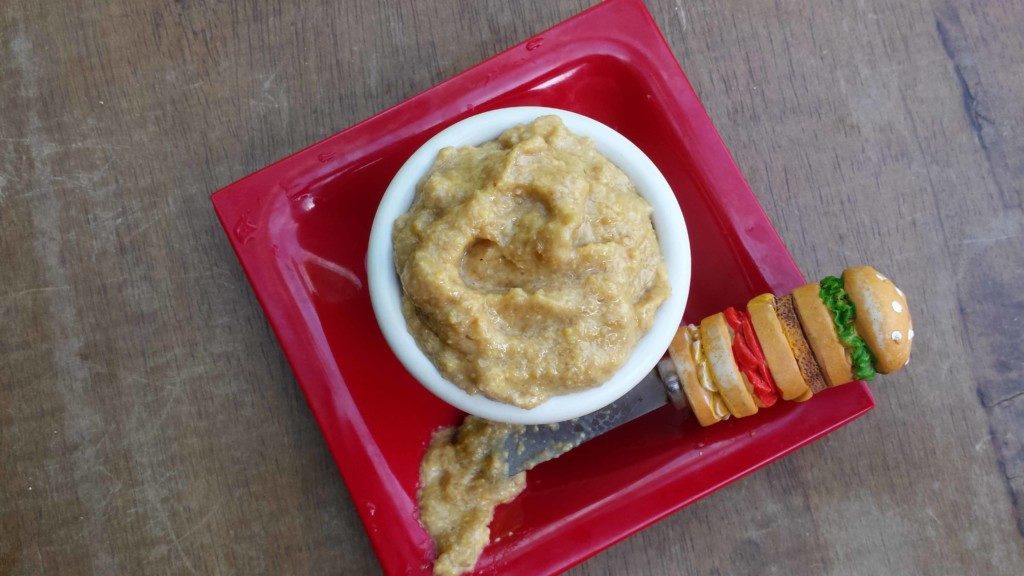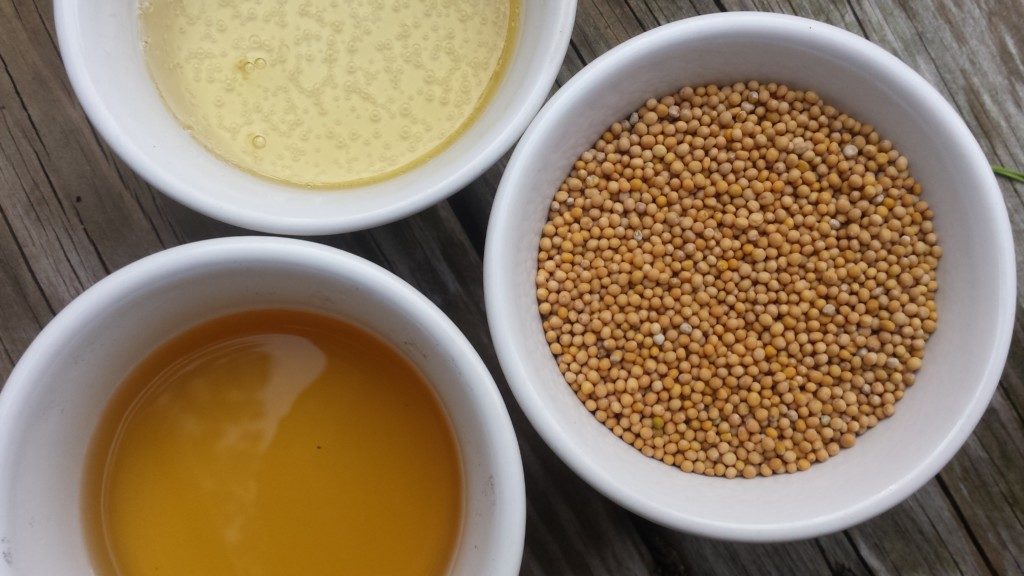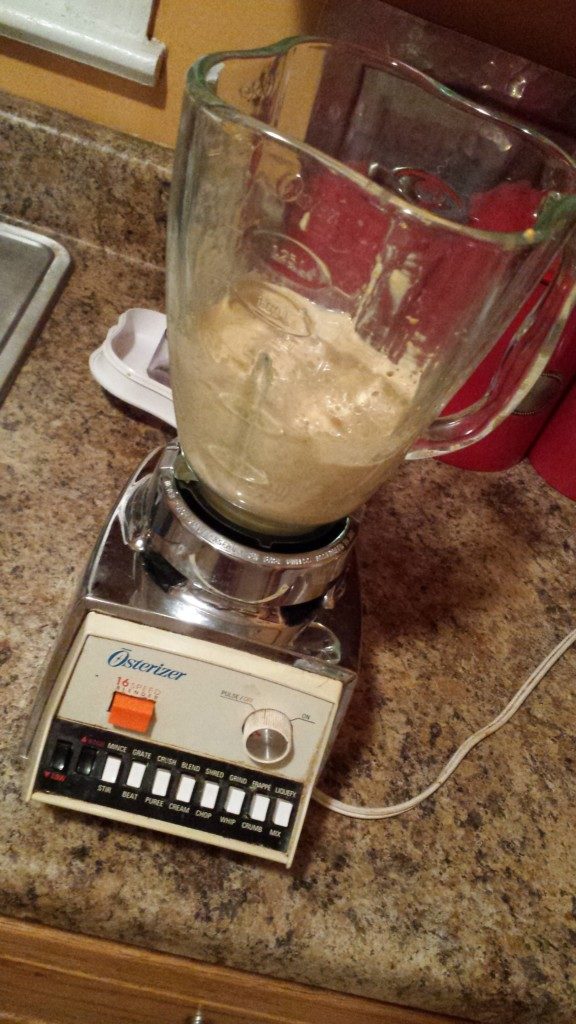The Mocs are playing! Tennessee, Georgia, Bama, as well as other teams are all hitting the gridiron! That means it’s time for grilling hot dogs, sausages, and bratwursts. AND that means it’s a perfect time for some homemade mustard.
I did a recent article on how easy it was to make homemade mustard on my site thedeckchef.com and thought East Ridge News Online readers would enjoy the process. Heere’s what I did in the name of foodie science. I decided to combine a batch of homemade mustard…. with… wait for it… BEER and HONEY!
It’s Easy!
What you need is a bunch of mustard seeds and a liquid or liquids. This article covers my continuing mustard making adventures. Your mustard journey could start with a honey mustard included with a combo meal when you were ten years old. Or, the door of mustard appreciation could have happened when you take a bite into a specialty sandwich that included something other than the bright yellow standard.
According to the USDA there are three types of mustard seeds – yellow, brown and oriental. Others will argue that there are many more variations due to shades of color, etc, etc, etc. Which sounds a lot like overthinking things. On the other hand – slight variations in seeds could also equal variations in flavor. But, for this article – there are three types of mustard seeds.
Mustard & Beer!
I started this process with the idea of just making a flavor packed mustard with a touch of beer flavor. The question quickly came up about different types of beer. The mustard flavor, and the vinegar, really seem to dominate the taste spectrum. The choice of beer does change a little bit between choices of ale but I doubt you could really tell the difference between batches.
What I’m saying is your $8 stout craft beer will probably yield the same results as a $2 stout from the corner market – flavor wise. The same can be said between a high dollar craft beer and some ice cold Bud or Pabst Blue Ribbon.
Mixing Ratio – Wing it!
Seeds with vinegar and a liquid – in this case – beer! – Let’s say you have a bunch of seeds. Now, combine equal portions of Apple Cider Vinegar and your choice of beer. Mix enough to cover the seeds in a non-reactive bowl.
Here’s the Four basic steps: They are the same if you are using water, beer, wine, etc as your liquids.
Step 1 – SOAK
Soak the seeds, covered in a glass bowl in the fridge, for two – three days. Check every day or so, remix, stir, and add a touch more liquid if needed.
Puree in a blender or food processor. You can use a food processor or a blender to turn your soaked seeds into a spreadable mustard. A light touch of the start button produces a chunky style mustard. Keep things going and the results are a creamier style mixture.
You can hold a spoonful or two (or even more) of the soaked whole seeds to the side when you mix. Add then add them in after you blend, stir, and you’ll have a very tasty and textured mix!
Step 3 – FLAVOR
Now’s the time to add additional flavors! After the soak, and the blend, you can now start playing around with additional ingredients. How about Tennessee Whiskey, Kentucky bourbon, brown sugar, maple syrup, honey, hot sauce, and more. Simply add some desired ingredients a little bit at a time.
Step 4 – REST
Allow the mustard to chill, covered, for a while in the fridge, and mellow a bit! Allow for some down time – you’re mustard needs a break!
Kent Whitaker, also known as “The Deck Chef,” is a culinary writer and cookbook author. He’s also penned Young Reader and History titles. The former winner of the Emeril Live Food Network Barbecue Contest also covers football, motor-sports, and bass fishing. Kent currently lives in East Tennessee with his wife, son, and a couple of dogs that love when he fires up the smoker or grill.



